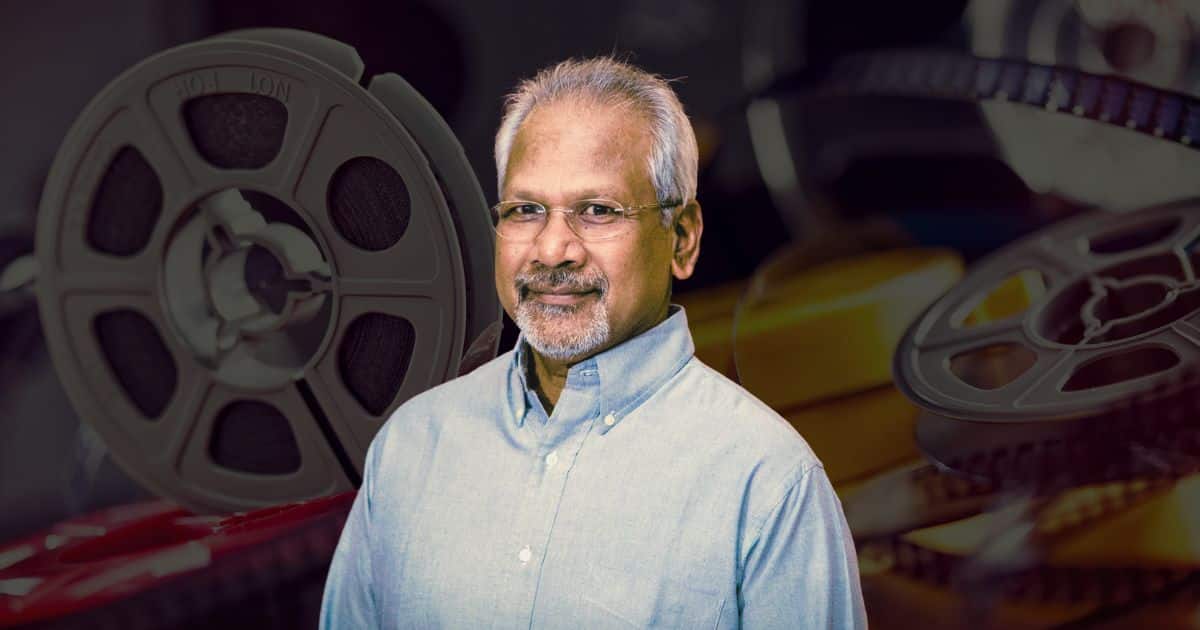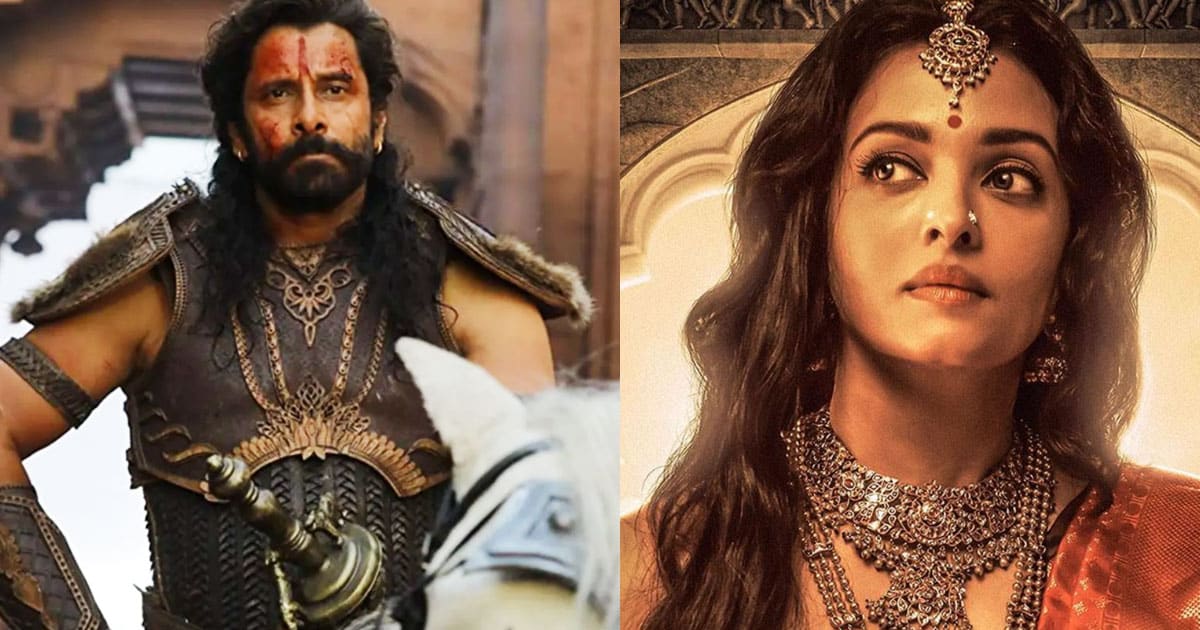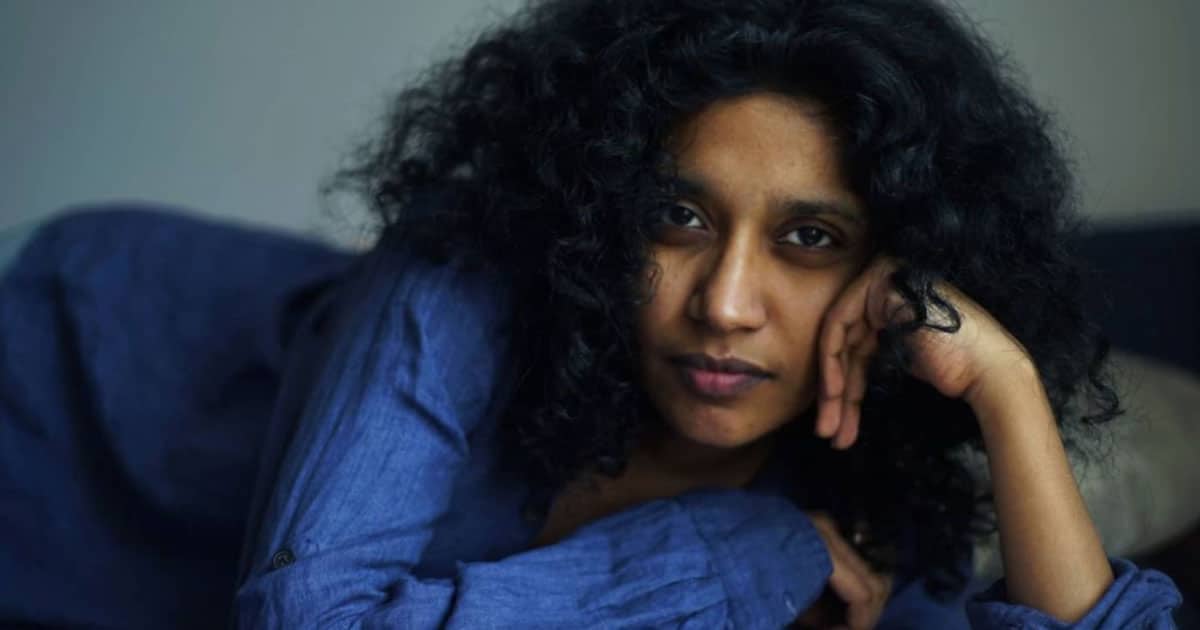As the much-awaited Ponniyin Selvan 2 (PS2) is released this week, let’s take a trip down the memory land and delve deep into the Hindi filmography of Mani Ratnam.
This acclaimed Indian filmmaker not only made a significant impact on regional cinema but also contributed to the Hindi film industry by introducing regional cinema to the Hindi-speaking audiences. With his unique sense of storytelling, camera work, and cinematic vision, Mani Ratnam has directed some of the most memorable and iconic films in Indian cinema.
Mani Ratnam’s journey in Hindi cinema began with his film “Roja” (1992), his first Hindi film. The film was a romantic thriller that explored the themes of patriotism and terrorism. The film’s music, composed by A.R. Rahman, was a massive hit and catapulted him to fame. The film’s success was not just limited to the South Indian audience but also attracted a significant following in North India. With “Roja,” Mani Ratnam proved that language was not a barrier to good cinema.

After the success of “Roja,” Mani Ratnam continued to make films in Tamil and Telugu but also ventured into Hindi cinema.
His next Hindi film was “Bombay” (1995), a love story set against the backdrop of the 1992 Bombay riots. The film starred Arvind Swamy and Manisha Koirala and was a commercial and critical success. The film’s music, once again composed by A.R. Rahman, was a huge hit and won several prestigious awards, such as Filmfare awards.
Mani Ratnam’s success in Hindi cinema continued with “Dil Se” (1998), a love story set against the backdrop of terrorism and insurgency in the Northeast. “Dil Se” was one of the first commercial films which spoke about the insurgency in the North-East. The film starred Shah Rukh Khan and Manisha Koirala with some memorable hit songs by A.R Rehman, which we still dance to.
Dil Se’s non-linear style of storytelling, handled camera work by Santosh Sivan, and a non-quintessential love story between Shahrukh and Manisha was received with much critical acclaim. Though, the film failed at the box office but was remembered for its breathtaking cinematic appeal and music. Santosh Sivan, the cinematographer, received the National Award for the film.
With these films, Mani Ratnam proved that regional cinema had a universal appeal and that language was not a barrier to good cinema. His movies could transcend language and cultural differences and connect with audiences across India.
Mani Ratnam’s films were also instrumental in introducing the Hindi-speaking audience to South Indian cinema. His films showcased the rich culture, traditions, and history of South India, which were not widely known or appreciated by Hindi-speaking audiences. They were not just entertaining but also socially relevant. His films explored a range of issues, including the complexities of marriage and relationships, political corruption, terrorism, and patriotism. His films were also known for their realistic portrayal of human emotions and relationships.
Mani Ratnam’s films were also known for their innovative use of music and dance. His collaborations with A.R. Rahman, one of India’s most acclaimed music composers, resulted in some of the most memorable and iconic songs in Indian cinema. The choreography in his films was also unique and blended traditional and contemporary dance forms.
Mani Ratnam’s success in Hindi cinema inspired other South Indian filmmakers to make films in Hindi. Filmmakers like S. Shankar, P. Vasu, and Rajiv Menon also ventured into Hindi cinema and achieved success. He also inspired a new generation of filmmakers influenced by his unique style and vision. Filmmakers like Karan Johar, Sanjay Leela Bhansali, and Imtiaz Ali have cited Mani Ratnam as influencing their work.
One of his biggest strengths and influence comes from his deep-rooted culture, which is an integral part of his films. He has adapted many novels and stories for the big screen, and his latest venture is the adaptation of the classic Tamil novel Ponniyin Selvan. The novel, written by Kalki Krishnamurthy, is a sprawling epic that tells the story of the Chola dynasty in the 10th century.
The novel is over 2,400 pages long and has numerous characters, subplots, and historical details. Mani Ratnam had to change the story significantly to adapt it for the screen.
One of the biggest challenges was condensing the story into a film accessible to a broader audience. Mani Ratnam had to decide what to keep in the story and what to leave out. He focused on the central character of Arulmozhi Varman, the heir to the Chola dynasty, and his journey to reclaim his throne.
The casting of Ponniyin Selvan was also a crucial aspect of the adaptation. Mani Ratnam assembled an impressive cast of actors, including Vikram, Aishwarya Rai Bachchan, Karthi, Jayam Ravi, Trisha, and Prakash Raj.
He had to make several changes to the novel to adapt it for the big screen. One of the most significant changes was to the timeline of the story. The novel spans several decades, while the film’s timeline has been condensed to a few years. This was done to make the story more accessible to a broader audience and to maintain a cohesive narrative.
Another significant change was the reduction of characters and subplots. The novel has a large cast of characters, each with their backstory and motivations. He had to streamline the story and focus on the central characters to make the film more manageable.
The film also features several original characters that were not present in the novel. These characters were added to the story to provide a fresh perspective and to enhance the narrative.
Mani Ratnam’s contribution to Hindi cinema has been recognized and appreciated by the industry. He has won several awards and honors, including the Padma Shri, one of India’s highest civilian honors.
His films have also been screened at international film festivals, including the Cannes Film Festival. His filmmaking approach and success in Hindi cinema significantly impacted Indian cinema.



